32+ Sample Research Reports
-
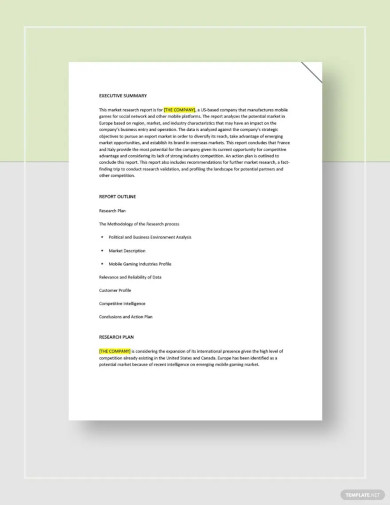
Market Research Report Template
download now -
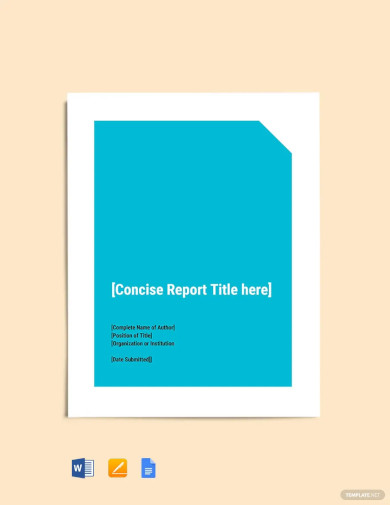
Academic Research Report Template
download now -
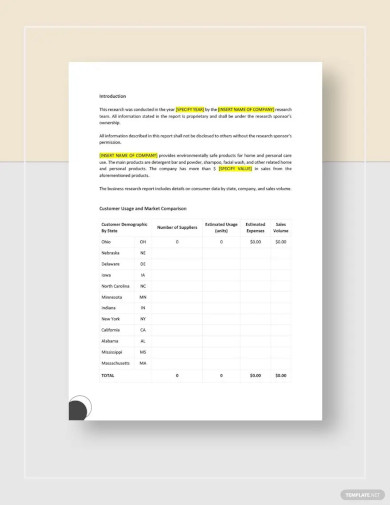
Business Research Report Template
download now -
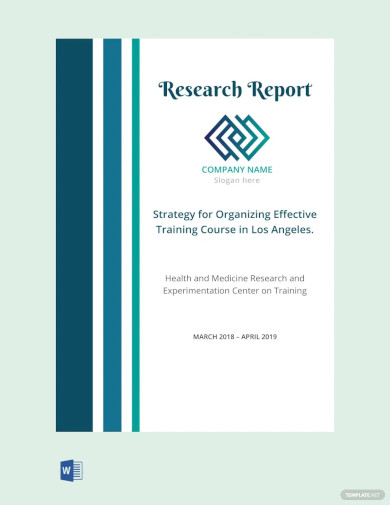
Research Report Cover Page Template
download now -

Investment Research Report Template
download now -

Corporate Research Report Template
download now -
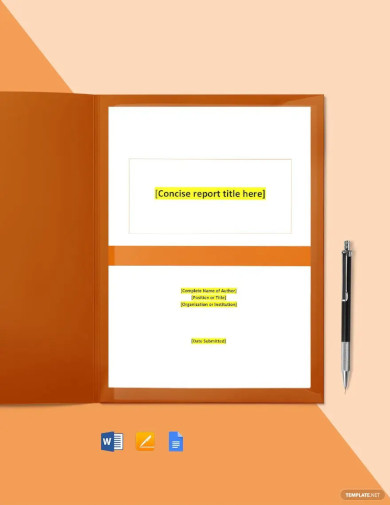
Company Research Report Template
download now -
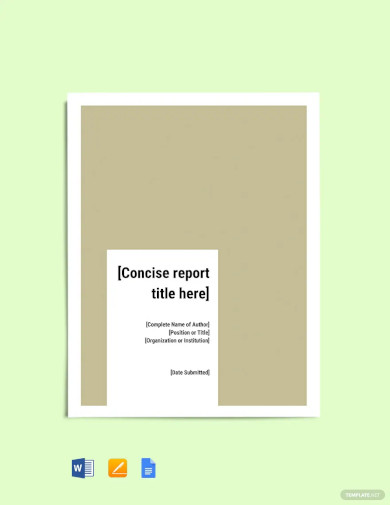
Brand Research Report Template
download now -
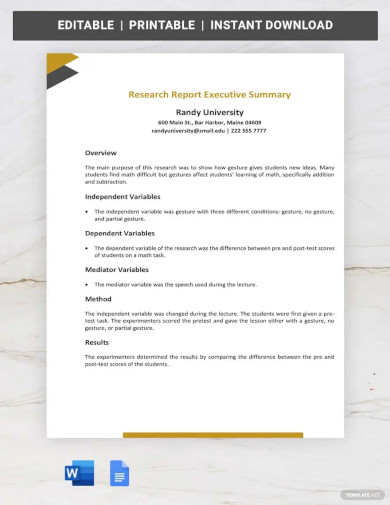
Research Report Executive Summary Template
download now -
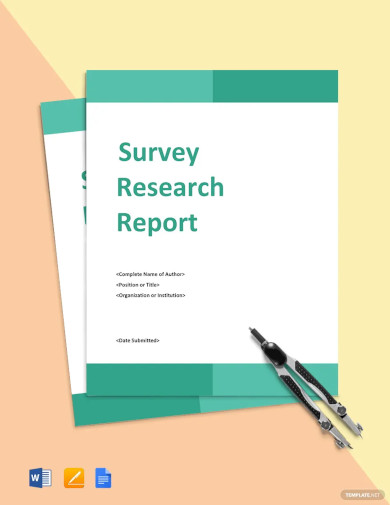
Survey Research Report Template
download now -
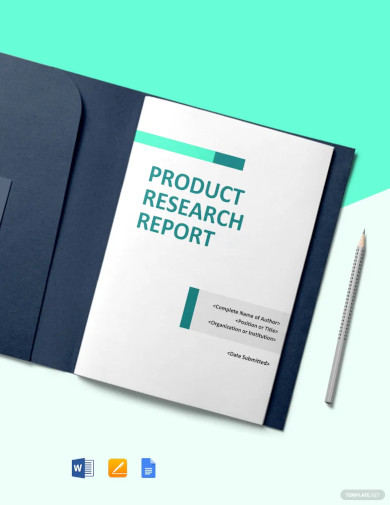
Product Research Report Template
download now -
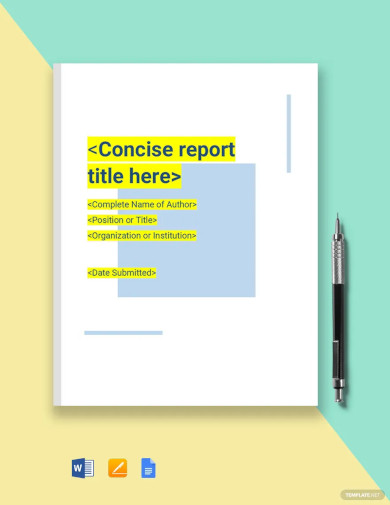
Monthly Research Report Template
download now -
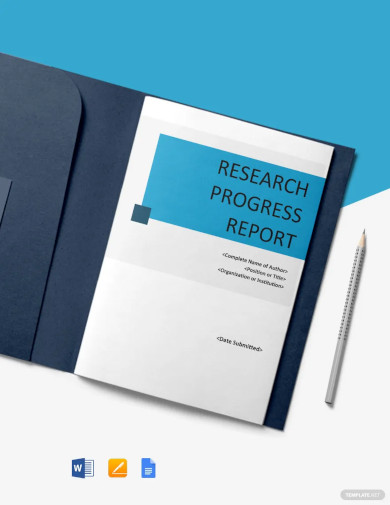
Research Progress Report Template
download now -
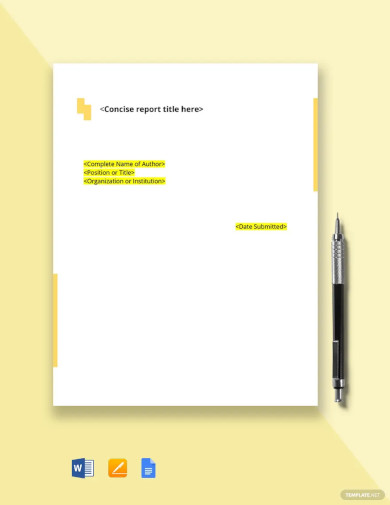
Equity Research Report Template
download now -
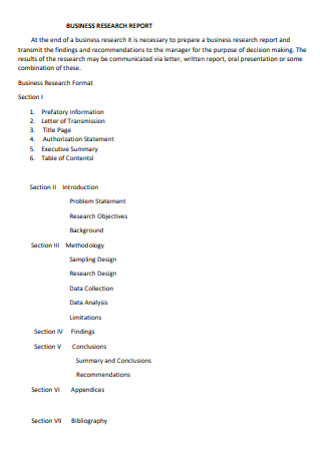
Business Research Report Format
download now -
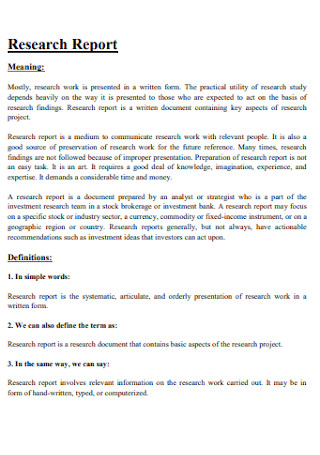
Sample Research Report Introduction
download now -

Seattle Report on Database Research Outline
download now -
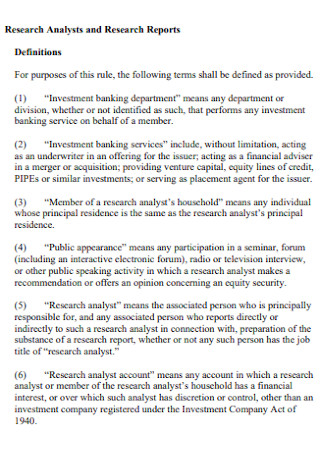
High School Research Analysts and Report
download now -
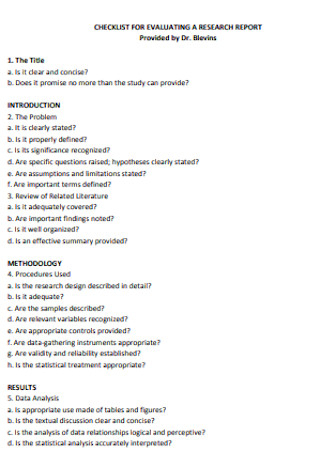
Checklist for Writing Research Report
download now -
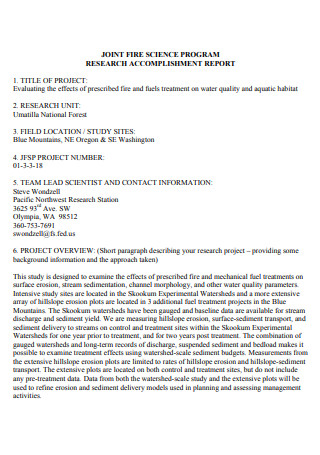
Research Accomplishment Report
download now -
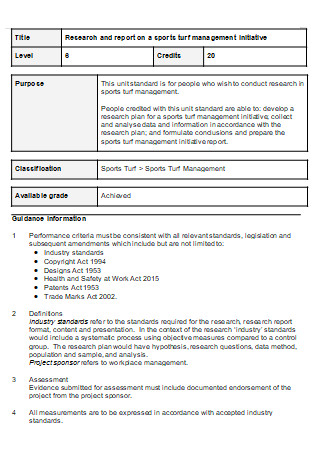
Sports Research Project Report
download now -

Research Brief Report Abstract
download now -
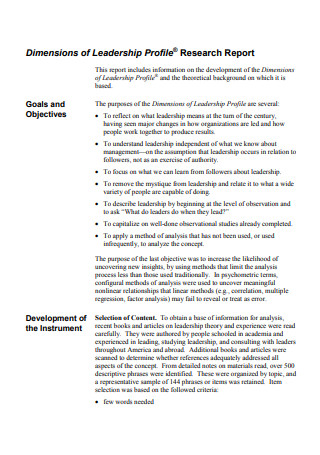
Profile Research Report Thesis
download now -
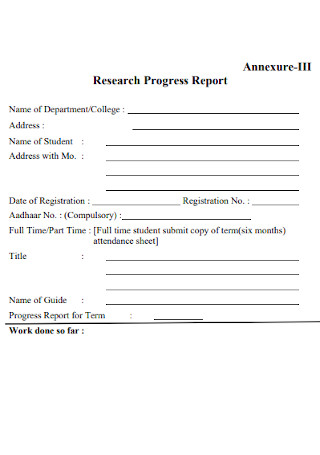
Research Progress Report Executive Summary
download now -
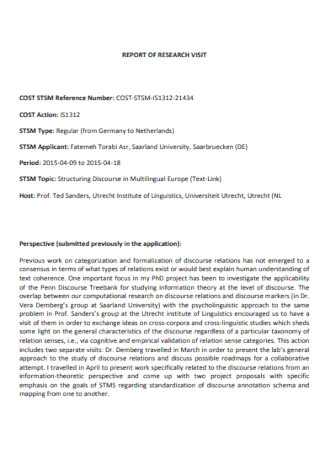
College Report of Research Visit
download now -
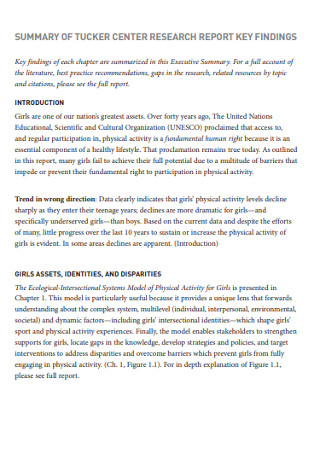
Equity Center Research Report
download now -
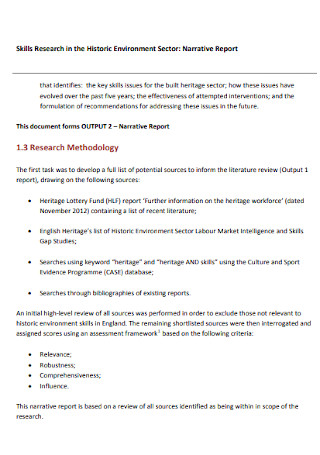
Middle School Research Report
download now -
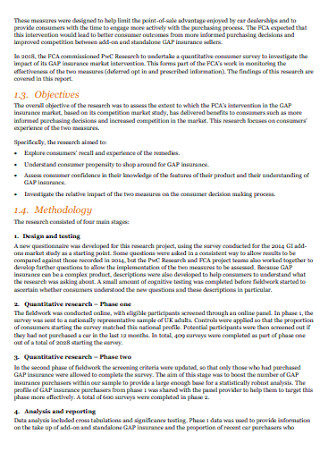
Short Research Narrative Report
download now -

Marketing Research Analysis Report
download now -
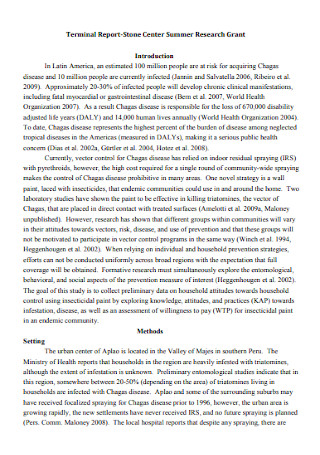
Terminal Research Report Paper
download now -
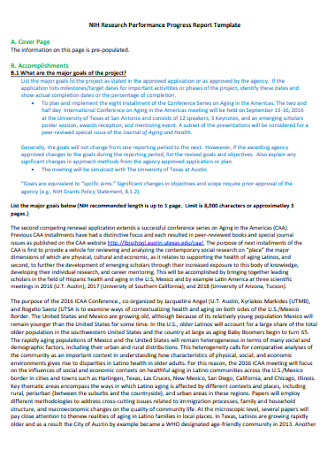
Elementary Research Performance Report
download now -
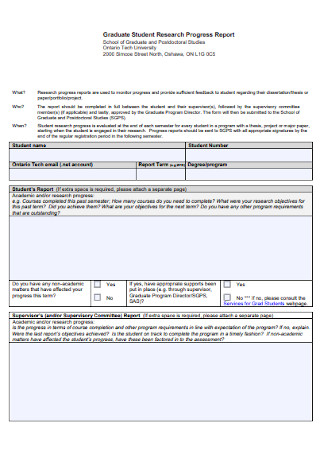
Student Research Report Layout
download now -
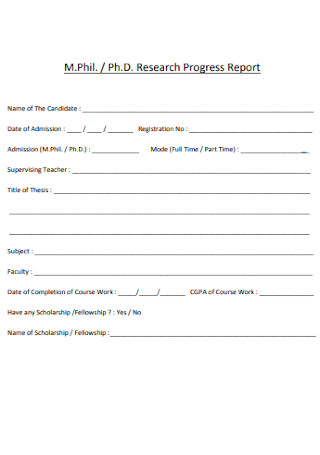
Science Ph.D. Research Progress Report
download now
FREE Research Report s to Download
32+ Sample Research Reports
What is a Research Report?
Types of the Nature of Research
How to Write a Research Report
What The Body of the Report Should Consist Of
Types of Research Data
How to Collect Research Data for Your Report
FAQs
What is the difference between a research report from a research paper?
What is the importance of a research report?
What is the purpose of a research report?
How important is a target audience in a research report?
What is a Research Report?
Researchers or statisticians create research reports after evaluating material obtained through structured study, which usually takes the form of a Research Survey or qualitative techniques. Reports are often broad in scope, yet they are focused on delivering information about a certain issue and a very specific target market. The main goal of research reports is to provide important information. Serving as an effective communication tool, research report makes relaying recounts of events, facts, and other accurate information much easier than other methods.
Types of the Nature of Research
The research report is classified into two different nature of researches. Knowing which type fits your research report will help you to find the best results possible to obtain. Since research itself is a process that takes a long time with the continuous effort of reading and absorbing knowledge, you wouldn’t want all your hours of sweat to go to waste. That’s why you should know the difference between the two types of the nature of the research to avoid that situation.
How to Write a Research Report
If you have chosen which type of research best fits your planned research topic, then you are more than ready to proceed to formulate your research through the steps that have been curated for you in this article. If you feel overwhelmed, don’t be because this article guides you along the process with each step defined so you won’t be confused. It’s easy to follow along with and you would not need to worry because you can also view the research report samples that are provided above. Feel free to download any that fits your preference.
Step 1: Understanding the Task
You can’t expect to receive a task and immediately begin the process of research without understanding and thoroughly analyzing what goes on around the task, what it really is about, and what you need to do regarding it. You should know what is expected of you because there are different terminologies related to research. You would not want to switch a research study from a research report because they have their own differences.
You would need to ask yourself questions such as the main purpose of the research report, who the intended audience could be, what is the topic about, and the expected format to know the actual page or word limit. Similarly, no one would jump right into making a Research Proposal without adequate preparations.
Step 2: Develop an Outline
A Research Plan is useful in plotting out your potential research report. Similarly, this step encourages you to create a research report outline, a storyboard, or even use tables to guide you on the contents of the report. This step merely acts as a guide or reference that you can go back to if you are unsure about a certain part of the report. This also helps you to easily keep track of what information goes for which part. In the appropriate areas, you can label or jot down anything you already know about the topic or add in descriptions to concepts that are new to you.
Step 3: Conduct the Research
Both the steps from one and two can act as a guide for this step in your research report. You may spend a lot of time in this part because it does require you to browse through reading materials such as similar studies or academic journals or books. You may be required to report on existing research on a certain issue or a concept that you may not be familiar with. Either way, both will require your efforts to read a lot. While conducting your research, keep referring to your analysis and rough strategy to ensure that you stay on track.
Keep in mind that your references are needed so don’t forget to list out the information of the author, book title, etc.
Step 4: Write the Body of Your Report
In writing the body of your report, you would need to know what it actually contains. Similar to the step that came before this, you will need to give yourself time in writing your actual research report. Don’t rush into things and remember that you have your outline to act as a guide. Be wary that the information you placed in a certain section fits the part and is close to your actual topic. Others may have the tendency to overdo it and instead include information that isn’t necessary.
The list can be found below the last step of this section of the article.
Step 5: Prepare the Supplementary Material
As has been stated above, all sources utilized in your report or referenced for background information are included in the references or bibliography. Be mindful that there are numerous formats for a Reference Page so you should ask your professor, lecturer, or whoever would be in charge to ask what format should be followed. Appendices are used to supplement the report with additional material. If you add appendices, they must be referenced in the main body of the report and have a clear function. Each appendix should be given a name and a number.
Step 6: Prepare the Preliminary Material
You may be puzzled as to why the preliminary materials are found at the last step, the short answer is that these materials are meant to be written after you have clarified the rest of the steps. The title of the research report, the table of contents, and the abstract or synopsis should be added only after you have done a thorough research and drafted out the body in order for you to format much easier.
It is a given that the table of contents and abstracts are written for last because how else would you know the number of pages and the brief overview of your research report if you aren’t done yet. But with the title, you would not want to make it too early otherwise it might not fit the entirety of your report.
What The Body of the Report Should Consist Of
Research reports contain the following information in their body. Report Forms acts a similar role because it discusses a specific topic that the document focuses on and consists of supporting information.
Types of Research Data
According to Dewitt Wallace Library, there are four types and techniques of collection of data: observational, experimental, simulation, and derived. The research data that you collect may have an impact on how you handle it. Data that is difficult or impossible to replace, for example, the recording of an event at a certain time and location, need additional backup processes to minimize the risk of data loss.
How to Collect Research Data for Your Report
Data Reports are necessary to collect and analyze data that has been gathered for reviewing later on. This can help certain situations or develop solutions from issues that the data is all about. This article provides an additional perspective to assist you in better understanding and collecting your data for your research report.
Know what your report aims to accomplish: This is related to the previous point in that the goal of your research report is linked to the goals of your systematic study in some manner. Identifying the primary goal of creating a research report can aid you in locating and presenting the necessary material.Identify your target audience: When collecting data for a research report, it’s critical to know who you’re talking to and most especially which demographic you are going for. If you’re writing a research report for a firm, you’ll want to include industry-specific information or demonstrate how the research findings are important to the company’s activities.Create Surveys or Questionnaires: A survey is a research approach that uses a series of questions to collect data from a specified group of individuals. It might be quantitative or qualitative in nature. Knowing what to put in your survey will reflect in a Survey Report.
FAQs
What is the difference between a research report from a research paper?
A research report is mainly a summary of what a researcher has discovered when researching a topic in books, encyclopedias, or the Internet. The research paper, on the other hand, comprises the researcher’s analysis report and viewpoint on a topic. There is still some research involved. And to support the researcher’s viewpoints, citations and quotes are required.
What is the importance of a research report?
Through a research report, there is a possible knowledge transfer between the researcher’s contribution and towards existing knowledge. The research report can also bridge knowledge gaps by identifying lacking information.
What is the purpose of a research report?
A research report’s purpose is to demonstrate or improve your ability to conduct a complete piece of research that includes various parts of its content, but it will be more clearly contextualized, have a deeper discussion of the findings, and will almost certainly include a discussion on the research’s broader significance.
How important is a target audience in a research report?
Your target audience plays a huge factor in classifying your research report as either technical or popular. If you’re addressing a broad audience, you’ll need to present a popular research report; if you’re addressing a specialist audience, you’ll need to submit a technical study.
Now that you know what a research report is, it would be much easier for you to distinguish the difference between similar terms regarding research. As you have thoroughly read the article, you are much equipped to give a stellar piece of a research report. Knowledge is power and your initiative to create such a document will help not only yourself in gathering information but to others who may find your report to be useful.
